Pueblo Cliff Dwellers: The Original Architects
Occupying the southwest region of Colorado a whopping 1400 years ago, the Pueblo Native Americans set a standard for architectural design seldom seen since. Carving villages out of the red rocks in what is now known as Mesa Verde National Park, the Pueblo made spectacular use of their surroundings for food, water, and protection before eventually evacuating the area for unknown reasons.
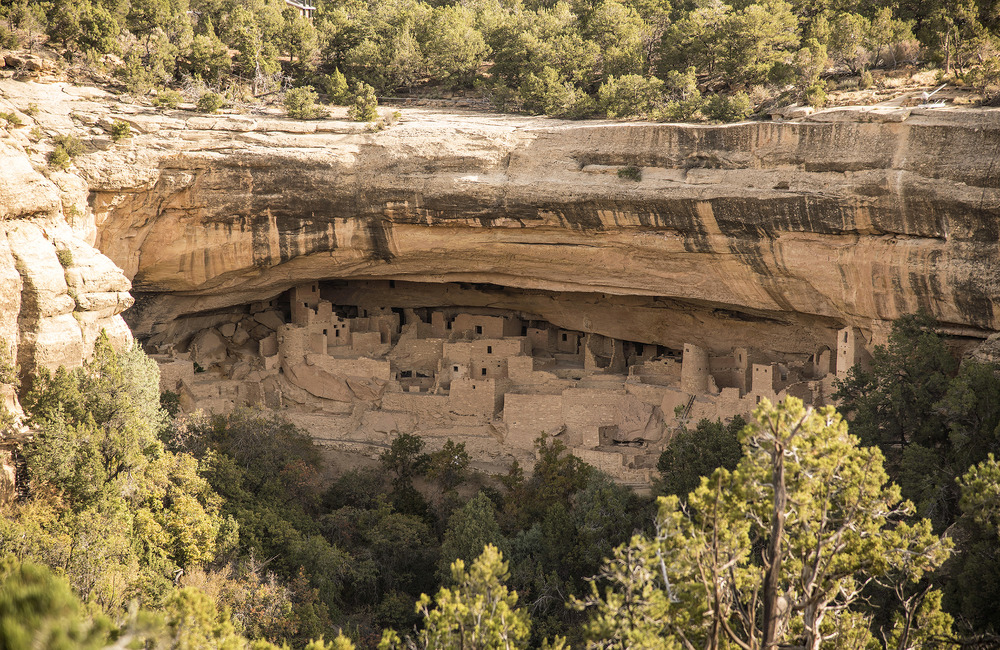
Reportedly making the top of the mesa their home for around 600 years, scientists can’t explain why the Pueblo abandoned the flat land in favor of the cliff dwellings, which were impressively built and nearly impossible to access. Of course, that could have been the entire point, with one theory suggesting that the tribe moved into the hillside as a defensive move, as it provided a good lookout from which to spot rival tribes. Another theory is that the cliff overhangs offered protection from the elements during what could have been an extremely hot or cold time period.
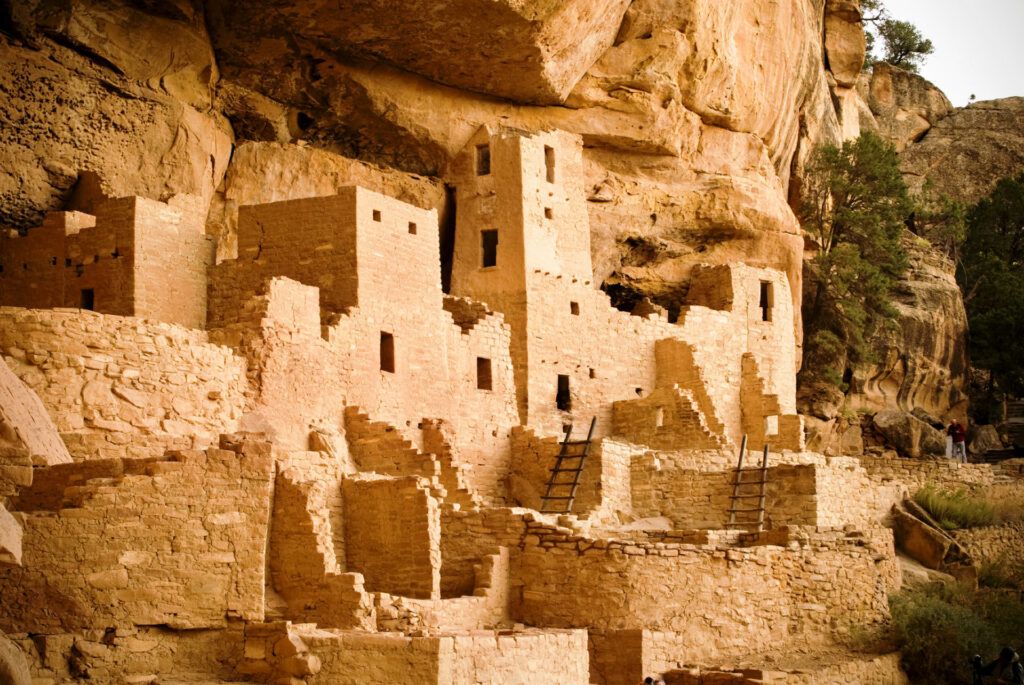

Considering today’s weather patterns in the area, snow likely accumulated heavily during the winter in the Mesa Verde of old. But regardless of the reasons why the moved, it’s clear the Pueblos migrated from the mesa to the cliff dwellings around the year 1190. From that point on, the tribe was broken into villages around a massive canyon, with houses and meeting areas meticulously sculpted into nearly inaccessible caverns. The dwellings ranged in size from small storage areas to massive complexes with up to 150 rooms.
Today, a visit to Mesa Verde National Park provides you with the remnants of around 600 ruins scattered throughout the region, many of which are remarkably preserved.
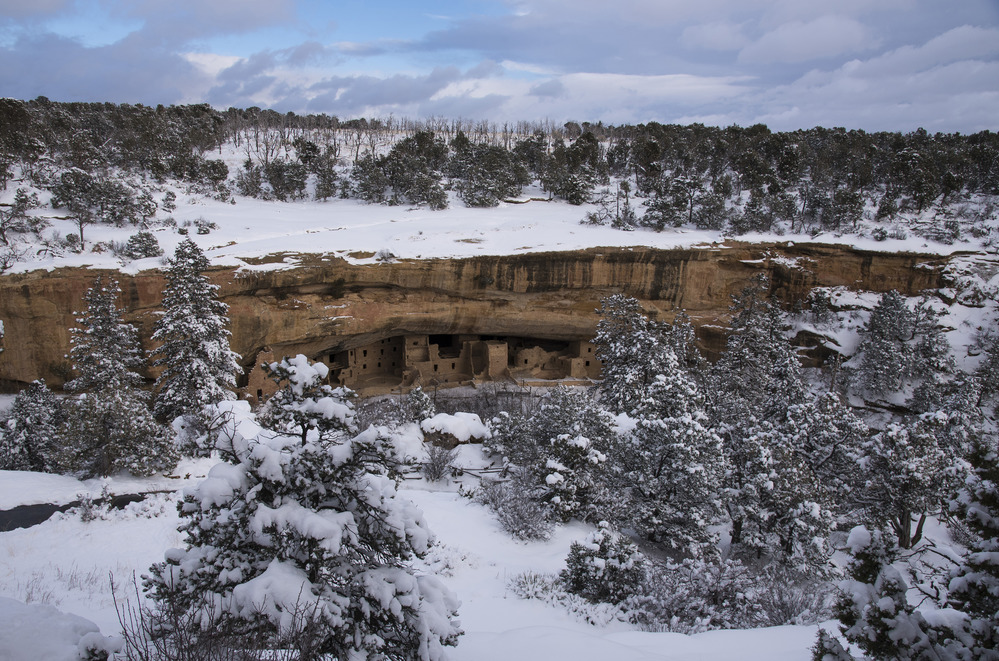
Discovered in 1888 by cowboys Richard Wetherill and his brother-in-law Charlie Mason while out looking for errant cattle, Cliff Palace, the largest of the cliff dwellings, was still loaded with baskets, sandals, necklaces, spears, knives, mugs, and other artifacts. Although there is evidence that perhaps some of the dwellings had been previously discovered, the area was largely untouched, as if frozen in time from centuries before. A harvest of corn even sat preserved in a nearby storage area, indicating that the Pueblo may have left in a hurry.
Besides the artifacts themselves, the story of Pueblo design lives on in the sandstone. Wooden beams made from felled trees and lowered over the cliff hangings offered central support to many of the structures. Anchored with sandstone and mortar, walls and towers were erected to create rooms. Mortar was made using local soil, water, and ash. Chinking, a mixture made from small bits of stones, was also added to enhance the strength of the dwellings.
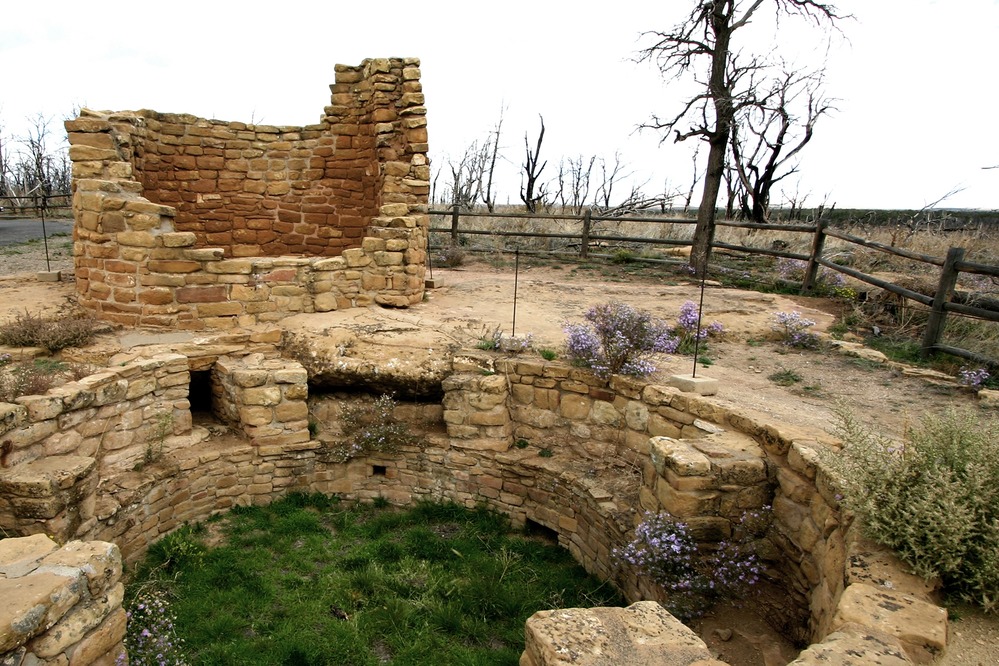
Large pits in the ground called kivas were contoured into the design and covered with criss-crossed timber roofing. The Pueblo used ladders to climb in and out of these pits, which were used as religious spaces and meeting areas during the long winter days. Most impressively, all of this construction took place with rudimentary tools, mostly sharp rocks collected from nearby riverbeds.
Outside of the dwellings, the tribe continued to grow and harvest crops on the mesa above, requiring individuals to scale up the rock face with little more than toe and finger holes carved out of the nearly-vertical surfaces. Tools equivalent to basic sticks left clues about how the people managed to till the soil and grow crops.
After nearly a century of development, the Pueblo people began to leave the region, electing to join other tribes in what is now New Mexico and Arizona. By the late 1200s, the region was totally abandoned.
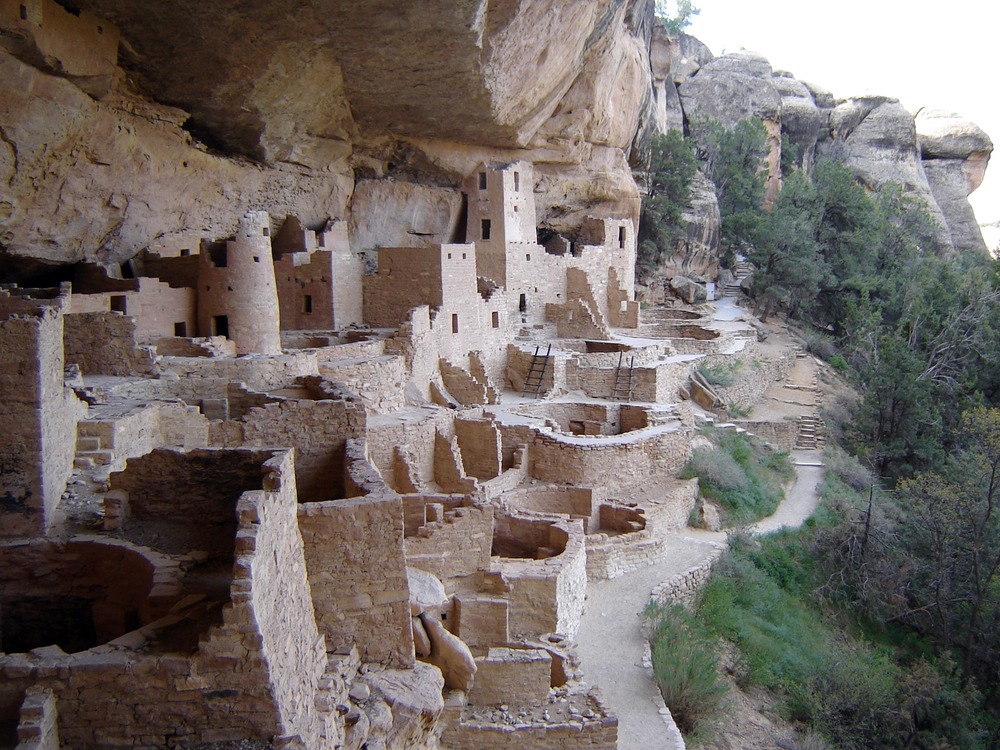
At the very least, we can all be thankful that the ruins and evidence of their people’s innovative building techniques still stand today.
All photos courtesy of the National Park Service




